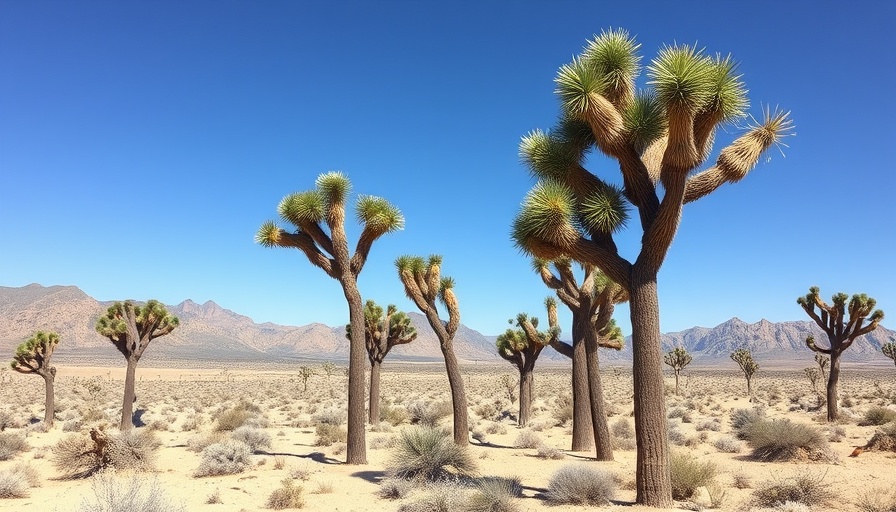
Discovering Joshua Tree: A Natural Wonder
Southern California’s Joshua Tree National Park is a stunning intersection of two unique desert ecosystems—the Mojave and Colorado deserts. With its otherworldly rock formations, unique flora, and clear blue skies, the park isn’t just a sanctuary for nature lovers; it’s a retreat for those seeking adventure and tranquility alike.
The Unique Flora and Fauna
What truly sets Joshua Tree apart is its iconic Joshua trees, which are neither true trees nor related to the biblical story. These strange and beautiful plants can grow to incredible heights and live for over 150 years. The park is also home to diverse wildlife, including desert tortoises and a multitude of bird species, making it a haven for both ornithologists and casual visitors.
Adventure Awaits: Hiking Trails and Activities
For visitors eager to explore, Joshua Tree offers trails ranging from easy walks to challenging hikes. Popular routes include the Hidden Valley Nature Trail, which winds through impressive rock formations, and the Barker Dam Trail, known for its historical significance and stunning vistas. Additionally, rock climbing is a popular activity thanks to the park's unique topography, attracting climbers from around the world.
A Time for Reflection: The Healing Landscape
The park has gained a reputation as a healing space, with many visitors finding solace in its serene landscape. "With blue sunny skies almost year-round," says Donovan Smith, public information officer for the park, "the wide-open vistas allow visitors to experience the true vastness of the landscape from almost anywhere in the park." This connection to nature has made Joshua Tree a sought-after destination for those looking to recharge, meditate, or simply appreciate the beauty of the natural world.
Planning Your Visit: Tips and Insights
With over three million visitors each year, planning is essential. The park’s status as a national park means that some areas may become crowded, especially during peak season from October to April. Arriving early in the morning is recommended to avoid crowds and enjoy cooler temperatures. Be sure to bring plenty of water and wear appropriate footwear, as the desert environment can be unforgiving.
Environmental Importance and Conservation Efforts
Joshua Tree isn’t just a playground; it plays a vital role in conservation. Home to numerous endangered species and fragile ecosystems, the park’s management emphasizes conservation efforts to maintain its unique environment. In recent years, initiatives have aimed at reducing human impact and preserving wildlife habitats, ensuring that future generations can enjoy this stunning landscape.
Local Culture and Attractions Beyond the Park
The nearby towns of Joshua Tree and Twentynine Palms also offer cultural experiences worth exploring. From quirky art scenes and local coffee shops to music festivals and farmers' markets, these communities provide a rich backdrop to the natural beauty of the park. Engaging with local culture can enrich your experience and provide insight into the historical significance of this desert region.
The Future of Joshua Tree National Park
As climate change continues to impact natural landscapes, the future of Joshua Tree National Park faces challenges. Increased temperatures and altered ecosystems could affect its delicate balance. However, awareness and advocacy play crucial roles in ensuring conservation efforts succeed, allowing this natural gem to thrive for generations to come.
Final Thoughts on Exploring Joshua Tree
Joshua Tree National Park is not just a destination; it's an experience that connects visitors with the beauty of nature. Whether you’re hiking through its trails, gazing at magnificent rock formations, or simply soaking in the peaceful atmosphere, the park offers a profound getaway into the heart of the desert. Your adventure awaits!
 Add Row
Add Row  Add
Add 



 Add Row
Add Row  Add
Add 
Write A Comment